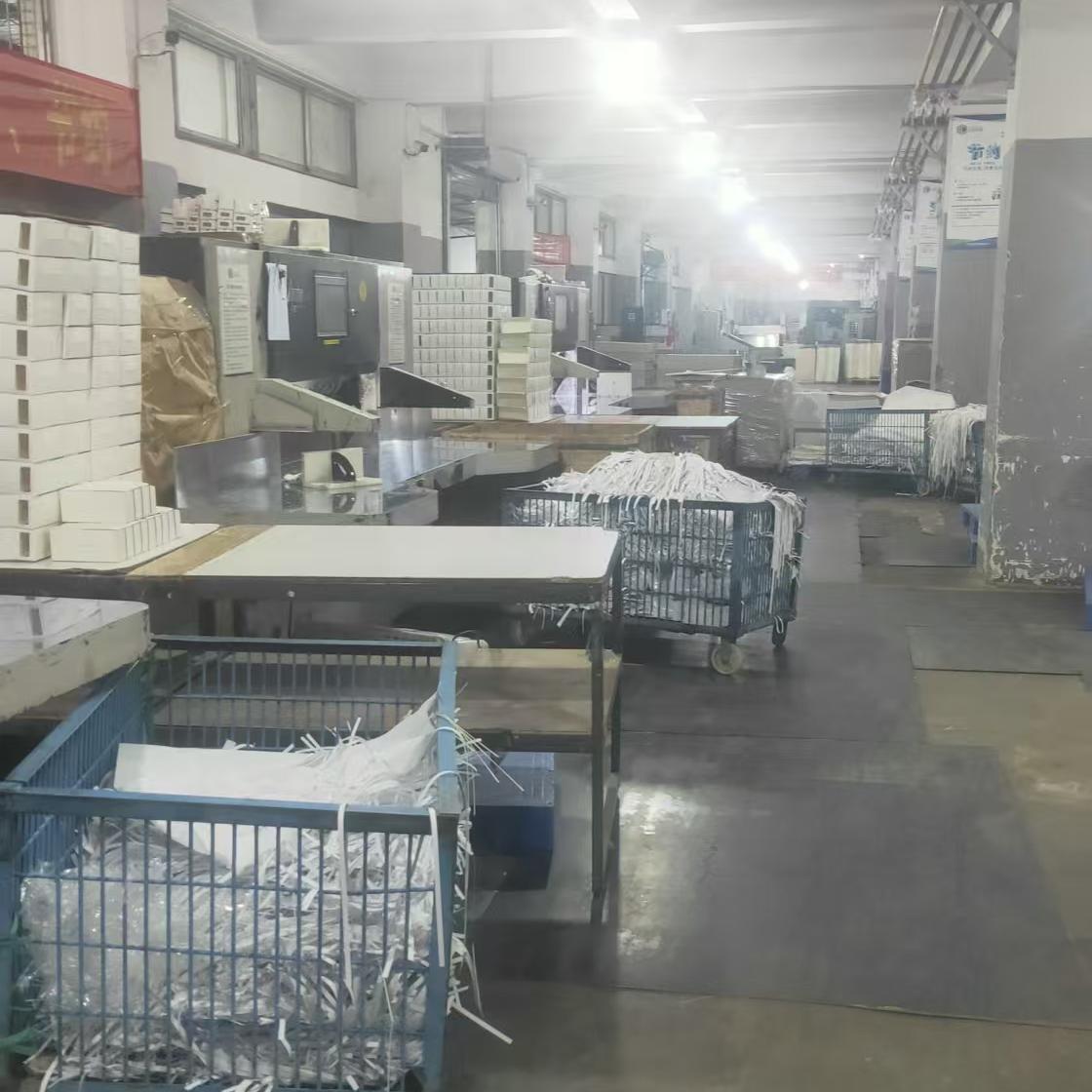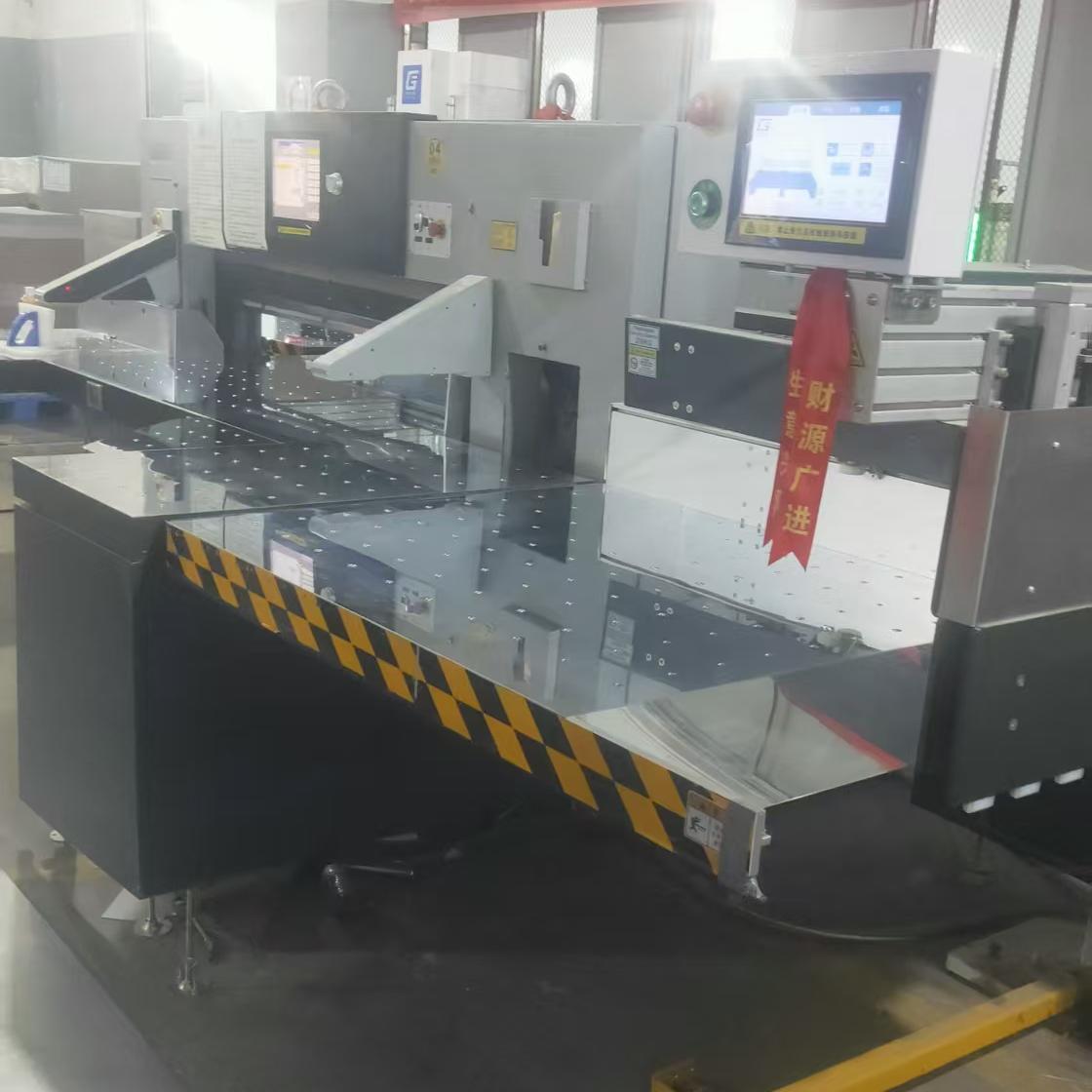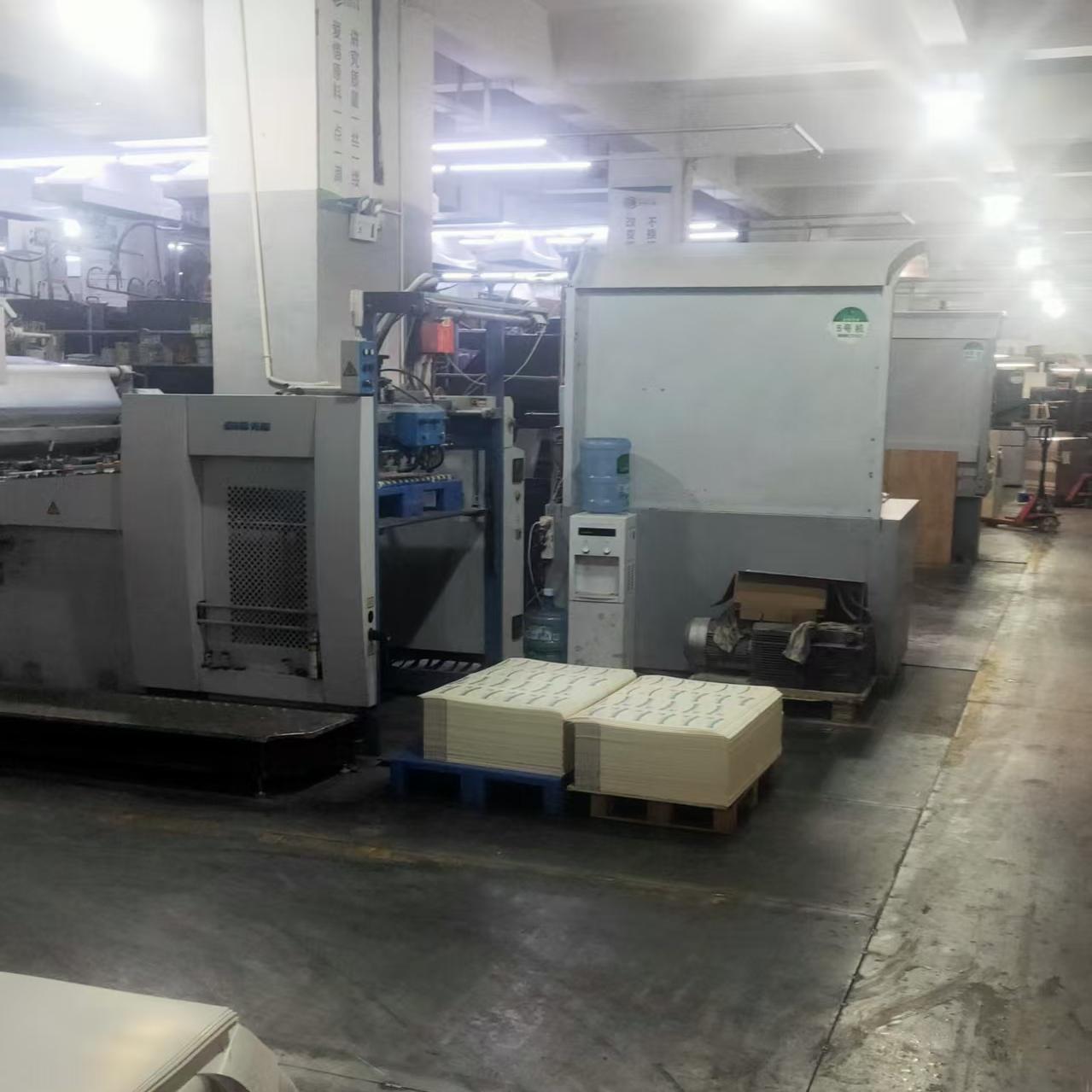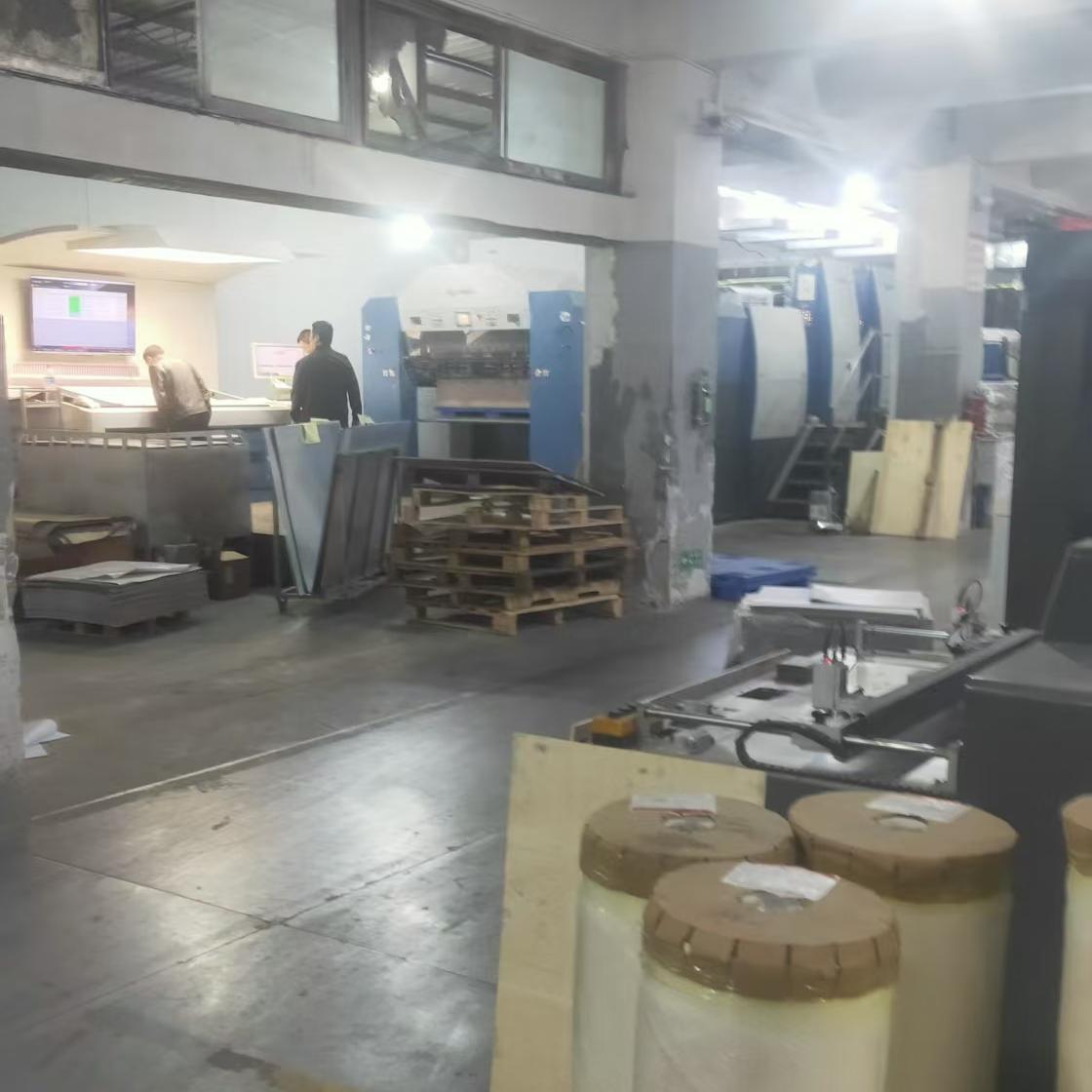The choice of printing materials directly affects the quality and effect of printed products. Common printing materials mainly include three categories: paper, ink, and plates. Paper can be divided into art paper, offset paper, specialty paper, etc., based on coating conditions, with different papers having different whiteness, smoothness, and ink absorption properties. Art paper has a smooth surface suitable for color printing; offset paper has a coarser texture, mostly used for book interiors; specialty papers have special textures and effects, used for high-end printed materials.
Ink selection needs to consider the printing method, substrate, and final use. Offset inks have higher viscosity and dry by evaporation; flexographic inks have lower viscosity and dry by penetration. Environmentally friendly soybean inks and water-based inks have been increasingly used in recent years. For plates, PS plates are used for offset printing, flexographic plates for flexographic printing, while digital printing uses electrographic plates or inkjet heads. Proper selection of printing materials requires comprehensive consideration of various factors such as printing methods, product requirements, and cost budgets, making it an important in ensuring printing quality.







 联系电话:15096634473
联系电话:15096634473